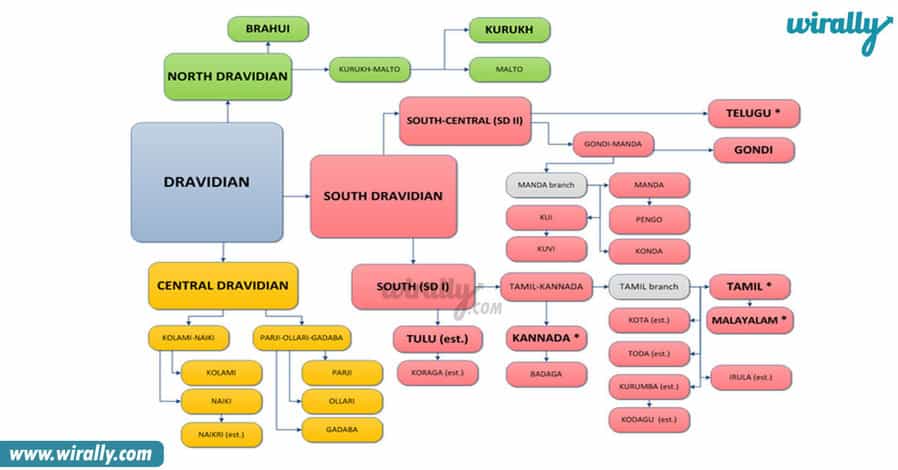Telugu is the official language in Andhra Pradesh and Telangana and is one of oldest languages. The beauty of the language is in the script. We all know a saying, ‘Desha bashalandu telugu lessa’ ee saying chaalu language gurinchi motham cheppaniki!
1. Telugu is the only language in the country in which every word ends with a vowel.
2. This language is called the ‘Italian of the East’ by Niccolò de’ Conti, a renowed merchant and explorer. When he travelled across the world and reached the south-east Asia, and met some telugu speaking people. He then noticed the vowel ending and it sounded similar to their language and hence called it ‘Ilatian of the East’. He did so when he went to the Vijayanagara empire.
What promoted him to say so was that words in Telugu, like in Italian, would be pronounced crystal clear without the need for the speaker to spell any last letter silent as in English i.e., all Telugu words ended with vowels similar to Italian.
3. It is the third most spoken language in the country after Hindi and Bengali
4. Mauritius Broadcasting Corporation gives a one hour slot exclusively to Telugu programmes every day. The show is coordinated by Telugu scholar Sanjiva Narasimha Appadoo. India lo ne kadu, this language did spread its beauty in various parts of the world.
5. It is the 15th most spoken language in the world. According to 2012 stats, with 76 million speakers, it is spoken by 1.15% of the entire world’s population.
6. The letters of Prathama Vibhakthi, (Du, Mu, Vu, Lu) are used most number of times. Ancient Telugu Speakers Used ‘Bu‘Instead of ‘Mu’. For instance, Nagabu meant snake.
7. Andhra Pradesh was formerly known as ‘trilinga rajyam’, the land between three lingas – Srisailam, Kaleshwaram and Bhimeshwaram. So, Telugu was known as ‘trilinga basha’, later changed to ‘telungu’ and finally reached to the current ‘Telugu’.
8. The vocabulary of this language is derived from Sanskrit and Dravidian languages.
9. Avadhana art includes 8 questioners in ‘Ashta-Avadhana’, 100 in ‘Shata-Avadhana’ and 1000 in ‘Sahasra-Avadhana’. The focus is mostly on ‘Samasya-Pooranam’, making poems using the letters/lines given by questioner on his/her own terms.
10. Inscriptions in Telugu date back to 400 BC.
11. The earliest Telugu poem is actually from 848 CE. It’s from a stone-inscription describing the donation of land at Dharmavaram village in Addanki taluk to the armies of the Chalukyan king, Vijayaadityudu by Pandamgudu Aditya Bhattarakudu.
12. Quite a few Europeans have written in contemporary Telugu, not just people like Sir CP Brown, who wrote the first English-Telugu dictionary and the short-story collection, Taatasri kathalu.
13. The Telugu letter గ (‘ga’) is visually similar to not just the corresponding Kannada letter ಗ (‘ga’), but also the corresponding Burmese letter.
14. Telugu has the most number of Saamethalu (idioms and proverbs).














